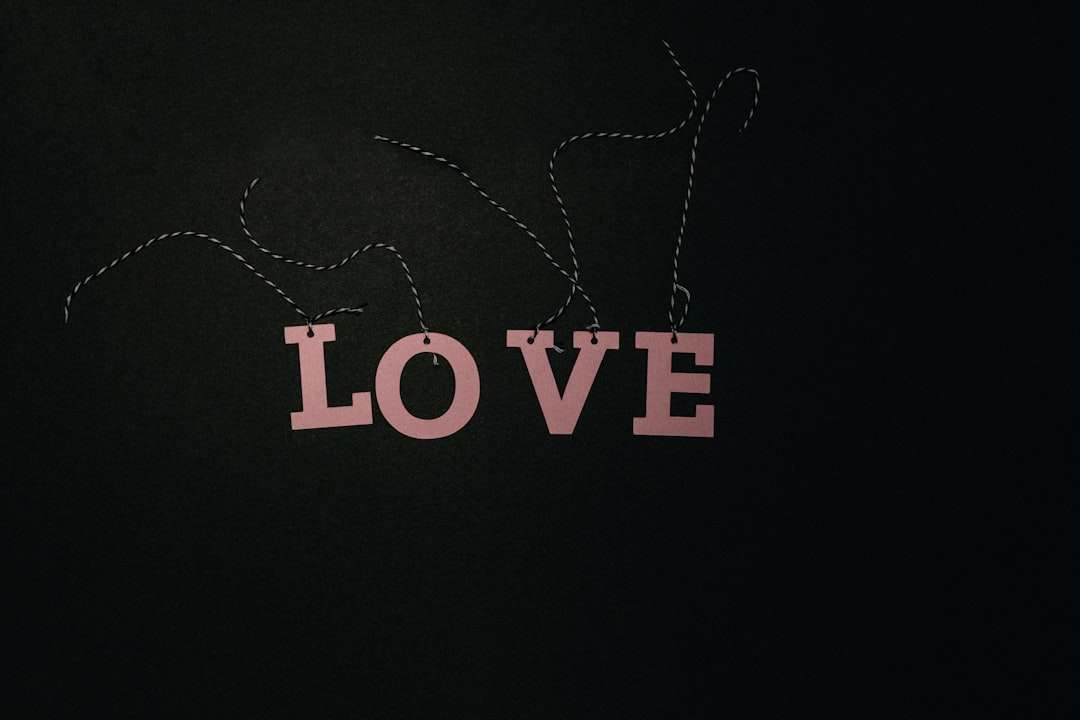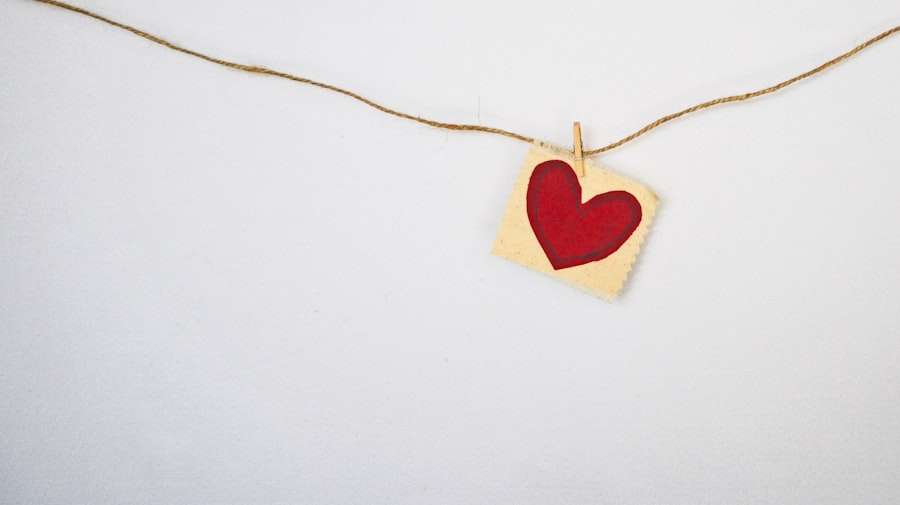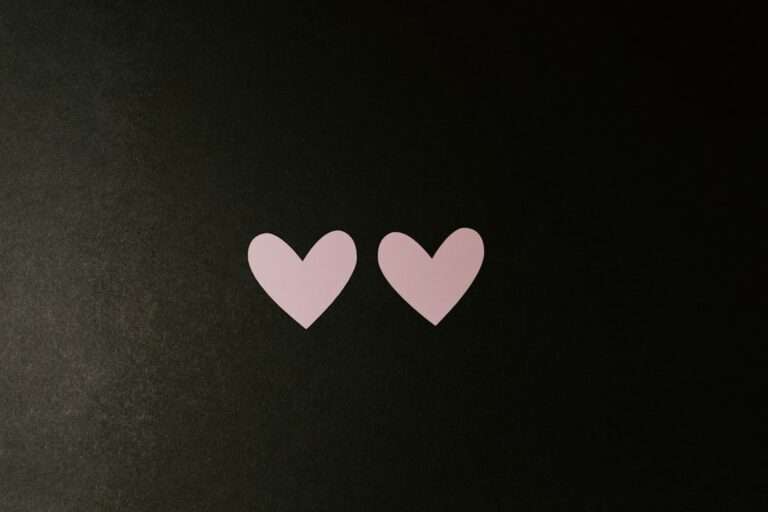How do different cultures interpret the heart symbol?

The heart symbol is a widely recognized icon that represents love, affection, and compassion across various cultures. It has been used for centuries and is often associated with emotions and the concept of the soul. This symbol appears in diverse forms of expression, including art, literature, and religious practices, demonstrating its universal appeal and enduring significance.
In Eastern cultures, the heart symbol holds similar connotations of love, compassion, and kindness. Many Eastern traditions view the heart as the emotional center and the origin of love and compassion. The symbol is frequently depicted in Eastern art and literature to convey these sentiments.
Additionally, it plays a role in religious ceremonies and rituals, where it is used to express devotion and reverence. The heart symbol’s prominence in Eastern cultures underscores its ability to represent the shared human experiences of love and compassion.
Key Takeaways
- The heart symbol is a universal symbol of love and emotion that transcends cultural boundaries.
- In Eastern cultures, the heart symbol is often associated with spirituality, compassion, and inner wisdom.
- Western culture has popularized the heart symbol as a representation of romantic love and affection.
- Cultural differences can lead to varying interpretations of the heart symbol, with some cultures emphasizing emotional depth and others focusing on romantic love.
- The heart symbol has been a recurring motif in art, literature, religion, and spirituality, serving as a powerful and enduring symbol of human emotion and connection.
The Symbolism of the Heart in Eastern Cultures
Religious Significance
In Eastern cultures, the heart symbol is also used in religious rituals and ceremonies to express devotion and reverence. The heart symbol is a powerful and enduring symbol in Eastern cultures, representing the universal human experience of love and compassion.
Cultural Associations
In Eastern cultures such as China and Japan, the heart symbol is often used to represent love, affection, and compassion. In Chinese culture, the heart symbol is associated with the concept of “xin,” which encompasses emotions such as love, kindness, and compassion. The heart symbol is often used in Chinese art and literature to express these emotions and is also used in traditional Chinese medicine to represent the emotional well-being of an individual. In Japanese culture, the heart symbol is also used to represent love and affection, and is often depicted in art and literature as a symbol of romantic love and devotion.
Universal Significance
The heart symbol holds deep significance in Eastern cultures, representing the universal human experience of love and compassion. It is a powerful symbol that transcends cultural boundaries, expressing emotions that are fundamental to human nature.
The Heart Symbol in Western Culture

In Western culture, the heart symbol is widely recognized as a representation of love, affection, and compassion. The heart symbol has been used for centuries in Western art, literature, and religious iconography to express these emotions. In Western culture, the heart symbol is often associated with romantic love and is commonly used to express affection towards loved ones.
The heart symbol is also used in religious contexts in Western culture, representing devotion and reverence towards a higher power. In Western art and literature, the heart symbol is often used to convey deep emotions such as love, passion, and longing. The heart symbol is a popular motif in Western romantic literature and is often used to represent the emotional bond between two individuals.
In religious iconography, the heart symbol is used to represent devotion and faith towards a higher power. The heart symbol holds deep significance in Western culture, representing the universal human experience of love and compassion.
Cultural Differences in the Interpretation of the Heart Symbol
While the heart symbol is universally recognized as a representation of love and affection, there are cultural differences in its interpretation across different societies. In some cultures, the heart symbol may be associated with romantic love, while in others it may represent familial love or compassion towards others. These cultural differences in interpretation are influenced by societal norms, religious beliefs, and historical traditions.
In some Eastern cultures, such as China and Japan, the heart symbol is often associated with familial love and compassion towards others. In these cultures, the heart symbol may be used to express affection towards family members or friends, rather than romantic love. In contrast, in Western cultures, the heart symbol is commonly associated with romantic love and is often used to express affection towards a romantic partner.
These cultural differences in interpretation highlight the diverse ways in which the heart symbol is understood and expressed across different societies.
The Heart Symbol in Art and Literature
The heart symbol has been a popular motif in art and literature for centuries, representing love, affection, and compassion. In art, the heart symbol is often depicted as a universal emblem of love and is used to convey deep emotions such as passion, longing, and devotion. The heart symbol has been used by artists throughout history to express these emotions in various forms, such as paintings, sculptures, and decorative arts.
In literature, the heart symbol is often used as a powerful metaphor for love and emotional connection between individuals. The heart symbol has been a recurring motif in romantic literature, representing the emotional bond between two people. It is also used in poetry to convey deep emotions such as longing, desire, and devotion.
The heart symbol holds deep significance in art and literature, representing the universal human experience of love and compassion.
The Heart Symbol in Religion and Spirituality

The Heart in Christianity
In Christianity, the heart symbol is often used to represent devotion and faith towards God. The Sacred Heart of Jesus is a popular religious icon in Christianity, representing Jesus’ divine love for humanity.
The Heart in Eastern Spiritual Traditions
In Hinduism, the heart chakra is believed to be the center of emotions and spiritual energy within the body. The heart symbol is also used in Hindu religious iconography to represent love and compassion. In Sufism, a mystical branch of Islam, the heart symbol is used to represent spiritual enlightenment and divine love.
A Universal Symbol of Love and Compassion
The Sufi poet Rumi often used the heart as a metaphor for spiritual awakening and union with the divine. In many spiritual traditions around the world, the heart symbol is seen as a powerful emblem of love and compassion that transcends cultural boundaries.
Modern Interpretations of the Heart Symbol
In modern times, the heart symbol continues to be a powerful emblem of love and affection that transcends cultural boundaries. The heart symbol is widely used in popular culture to express emotions such as love, friendship, and compassion. It has become a popular motif in fashion, design, and social media, representing universal human experiences of connection and empathy.
In recent years, the heart symbol has been embraced by social movements as a powerful emblem of unity and solidarity. The heart symbol has been used in various social justice campaigns to express support for marginalized communities and advocate for equality and justice. It has become a universal symbol of empathy and understanding that transcends cultural differences.
In conclusion, the heart symbol holds deep significance across different cultures around the world. It represents universal human experiences of love, affection, and compassion that transcend cultural boundaries. The heart symbol continues to be a powerful emblem of connection and empathy in modern times, representing our shared humanity across diverse societies.
FAQs
What is the heart symbol?
The heart symbol is a widely recognized symbol that represents love, affection, and compassion. It is commonly used in various forms of communication, such as text messages, social media, and greeting cards.
How do different cultures interpret the heart symbol?
Different cultures interpret the heart symbol in various ways. In Western cultures, the heart symbol is commonly associated with love and romance. In some Eastern cultures, the heart symbol may be associated with the spiritual or emotional heart, rather than romantic love. In some cultures, the heart symbol may also be associated with health and well-being.
What are some examples of how the heart symbol is used in different cultures?
In Western cultures, the heart symbol is often used to express romantic love, such as on Valentine’s Day cards and gifts. In some Eastern cultures, the heart symbol may be used to represent compassion and kindness, and may be associated with religious or spiritual meanings. In some cultures, the heart symbol may also be used to represent the physical heart and its connection to health and vitality.
Are there any cultural taboos or misconceptions related to the heart symbol?
In some cultures, the heart symbol may be associated with specific taboos or misconceptions. For example, in certain cultures, the heart symbol may be considered inappropriate or offensive if used in certain contexts. It’s important to be mindful of cultural differences and interpretations when using the heart symbol in communication.





